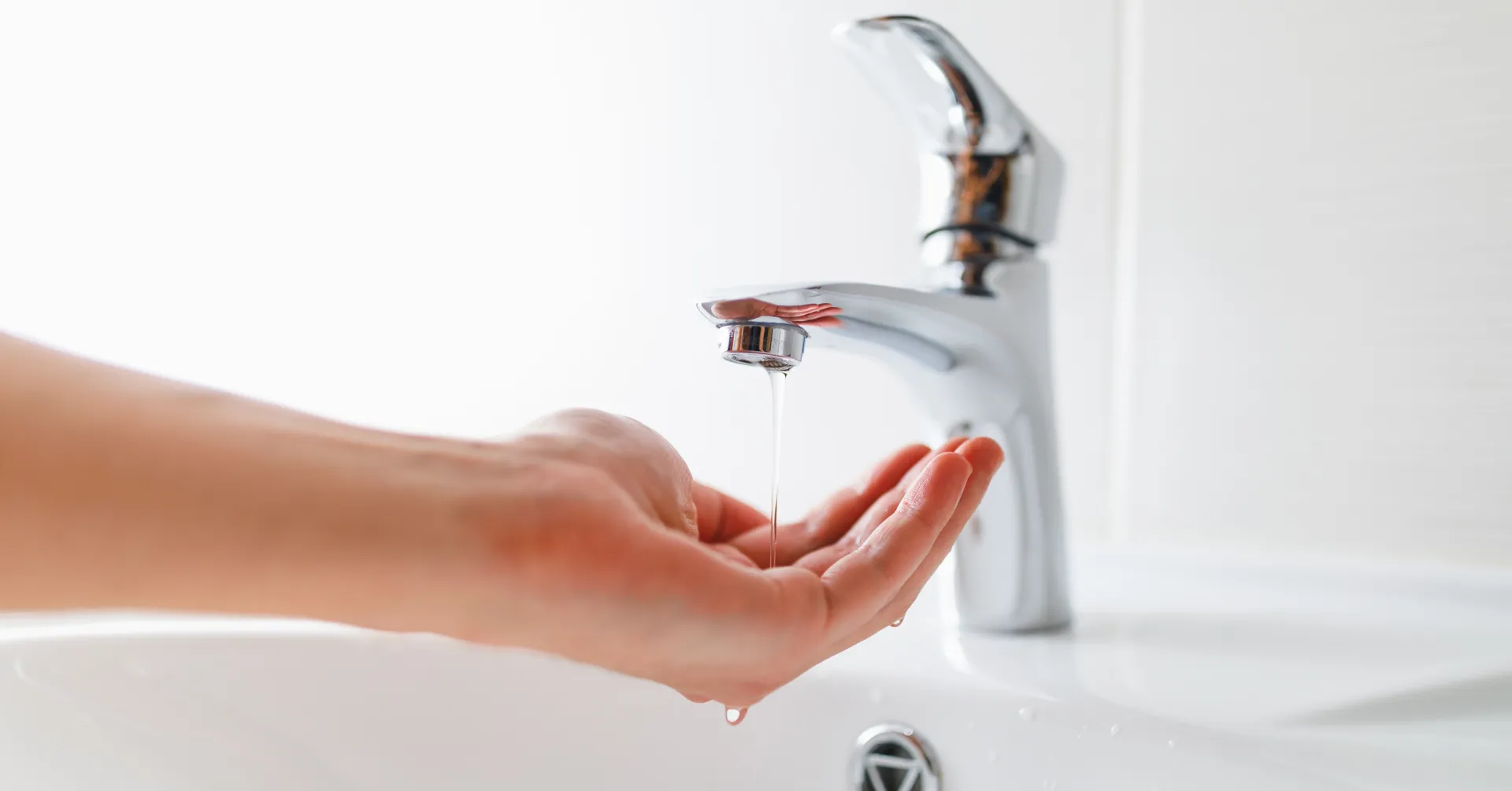
There are few things more frustrating than doing the dishes under a trickling faucet or hopping into a shower with a dismal spray. But it’s also a shock to be pelted by overly strong water pressure by the same fixtures. Changes in water pressure are often your plumbing system’s way of signaling that something is off. If you’re having water pressure problems, here’s what they might be telling you.
Common Causes Behind Water Pressure Issues
Water pressure changes can come on suddenly or gradually depending on the cause. The reasons can range from internal plumbing issues to problems with municipal water supply, but the majority can be addressed by a professional plumber. Here are some of the common reasons behind finicky water pressure.
Clogged Pipes or Fixtures
One of the most common reasons for low water pressure is buildup inside your pipes and fixtures. Over time, minerals from hard water, rust, or even small bits of debris can narrow the passageways that water flows through. This buildup can slow water to a trickle, especially in faucets and showerheads. If the issue only affects one fixture, cleaning or replacing that part might solve the problem. But if it’s happening throughout your house, it may point to build up within the plumbing system itself.
Hidden Leaks
Another sneaky culprit of low water pressure is a leak. When water is escaping behind walls, under floors, or in your yard, less of it makes its way to your faucets. Hidden leaks can be difficult to spot at first, but you may notice other warning signs such as damp spots on walls, misty smells, or an unusually high-water bill. Because leaks waste water and can cause structural damage, it’s important to call a professional plumber right away.
Pressure Regulator Malfunction
Many homes have a water pressure regulator that keeps pressure at a safe, steady level. When the regulator starts to fail, you may notice sudden changes in water pressure throughout the house. Too much pressure can put unnecessary strain on your pipes, fixtures, and appliances, while too little pressure can make everyday tasks frustrating. If your regulator is the issue, a plumber can replace it to restore the right balance.
Corroded or Aging Pipes
In older homes, water pressure problems may be a sign of aging pipes. Materials like galvanized steel eventually corrode, restricting water flow and leading to pressure drops. Corroded pipes are more than just inconvenient, they can lead to leaks, water discoloration, and reduced water quality. If this is the case, repiping sections of your home may be the best long-term solution. Scheduling a residential plumbing inspection is one of the best ways to head off potential problems from aging pipes.
Municipal Water Supply Problems
Sometimes the source of your water pressure woes has nothing to do with your home. If the city is performing maintenance, repairing lines, or if there’s an unusually high demand in your neighborhood, you may notice a temporary dip in water pressure. A quick way to find out is by asking your neighbors if they’re experiencing the same issue. If they are, it’s likely related to the municipal system and should resolve once the city completes the work.
Call Slim Plumbing for Reliable Water Pressure Solutions
Water pressure problems are more than a nuisance, they’re often an early warning sign of bigger plumbing problems. Whether your water is trickling, blasting, or fluctuating without reason, Slim Plumbing can diagnose the cause and provide the right fix. From repairing leaks to replacing pressure regulators and upgrading old pipes, our licensed team has you covered. Don’t let water pressure problems disrupt your home; contact us today to schedule your service.
